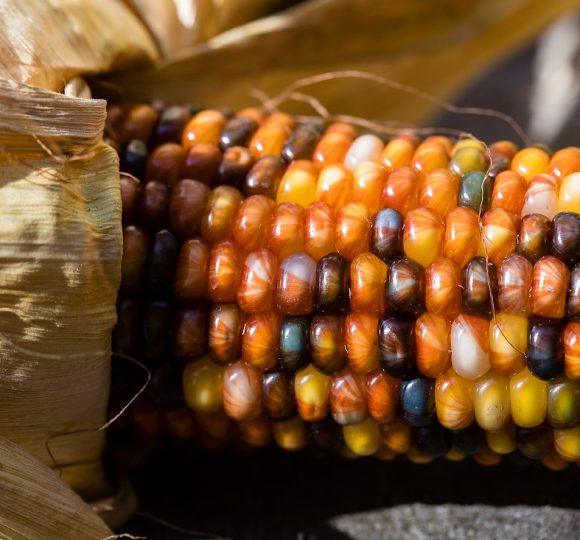In urban areas across the nation, those who wish to protect farmland and other open spaces from scatter development have waged battle against the forces that create urban sprawl. This study attempts to discern precisely what it is that residents living on the fringe of suburbia value about the farmland and open space they are trying to protect. It also seeks to determine how much they would be willing to spend to achieve their goals.
The study was conducted in the Chicago collar counties of Kane, McHenry and DeKalb–counties where large tracts of prime farmland are under intense pressure from development. The study determined that residents in those areas view the loss of open space as a threat to the quality of life they presently enjoy. Since most open space in the three counties is farmland, residents view protecting that resource as a viable and acceptable means of slowing the advance of sprawl.
Residents of these counties also appeared willing to pay a substantial amount to protect farmland from development. On average, households who responded to the survey were willing to pay $484 per year for five years to permanently protect about 20,000 acres of farmland in their county from development. However, publicly funded purchase of development rights programs are more often financed over a 30-year period. The equivalent annual value over a 30-year time span is $57 per year per household. Respondents' concern for the issue was so great that when asked to rank public spending priorities they ranked protecting farmland and open space on a par with spending to reduce crime and improve schools, two issues that are historically paramount in the region.
To reach these conclusions the study used both qualitative and quantitative research methods. An extensive series of focus groups explored general attitudes toward protecting farmland and open space. The focus groups also identified key non-market amenities participants associated with farmland and open space. A comprehensive mail survey of 4,000 households in the three counties collected the information necessary to estimate how much households would pay to protect farmland.
The remainder of this summary reviews study procedures and results. It first provides some background on existing research on farmland protection, reviews the study area and describes research procedures. Two separate sections present an overview of study findings. The first draws primarily from the focus groups to identify the amenities participants associated with farmland and open space. The second presents the quantitative results including estimates of how much households would pay to protect farmland. A final section reviews implications of the study.





